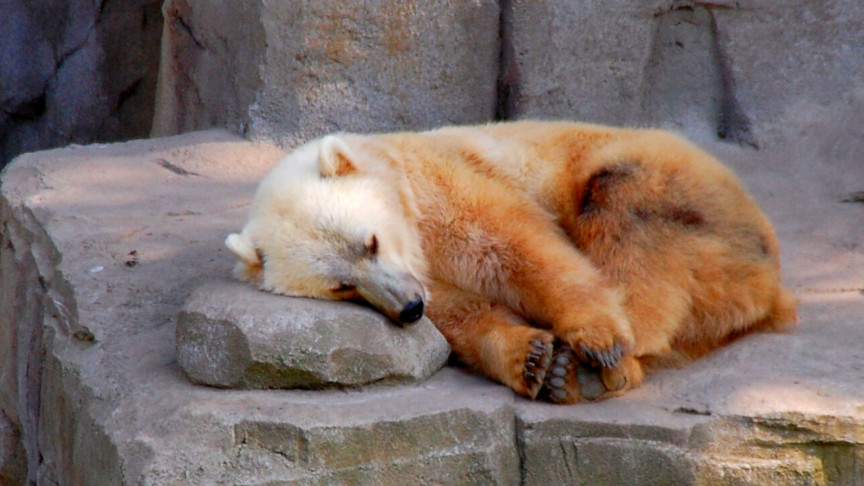
Polar Bear-Grizzly Hybrids 'Pizzly Bears' Explained | IE
The world is warming and Arctic sea ice is continuing to melt at unprecedented rates. These changes are driving starving polar bears, who have become the poster child of climate change at this point, even further south, while the heat pushes grizzly bears north. More often than not, two animals come in contact while hunting, for example at whale carcass sites, and interact, and they seem to be increasingly engaging in "opportunistic mating," according to Larisa DeSantis, an associate professor of biological sciences at Tennessee's Vanderbilt University. The result? This breeding act is creating hybrid "pizzly bears," sometimes called grolar bears, and according to some scientists, the pizzlies could be here to stay.This polar bear-grizzly hybrid, first seen in the wild in 2006, can be identified by their off-white coat and elongated schnoz. and is "more resilient to climate change and better suited for warmer temperatures," DeSantis says. "We've known about pizzlies for quite some time, but their occurrence may be more common with ongoing Arctic warming."Since 2006, the effects of climate change have worsened and sightings of pizzlies have become more common. For example, a 2017 research published in the journal Arctic, scientists recorded eight pizzlies that were the offspring of a female polar bear who mated with two different grizzly bears. Furthermore, since the two animals only diverged around 500,000 to 600,000 years ago, their offspring can reproduce. One study has found a hybrid that was born from a pizzly mating with a grizzly. Scientists are studying how well these hybrids are suited for life in the wild. "Usually hybrids aren't better suited to their environments than their parents, but there is a possibility that these hybrids might be able to forage for a broader range of food sources," DeSantis told Live Science; however, it should also be noted that hybrid species can have better survival chances than their predecessors in situations where the ecosystem is "deviating from what it once was."For example, polar bears, with their longer skulls, have an advantage at catching seals from the sea. "But their molars are smaller than is typical for their body size because all they eat is blubber (a thick layer of vascularized tissue rich in fat-storing cells—found in ) all day. Grizzlies, on the other hand, can eat whatever they want. We don't know yet, but perhaps the intermediate skull of the pizzly could confer a biomechanical advantage," said DeSantis. As carbon emissions and our warming world drive polar bears toward extinction, we may see more pizzly bears in the future.
……Read full article on Interesting Engineering
Animals
Comments
Leave a comment in Nestia App